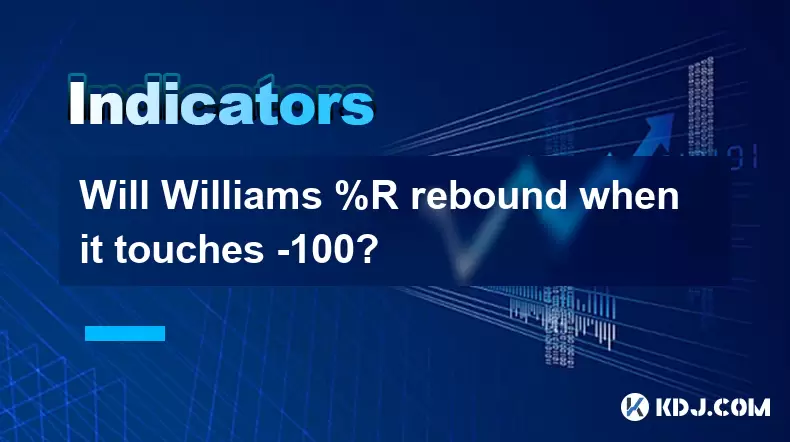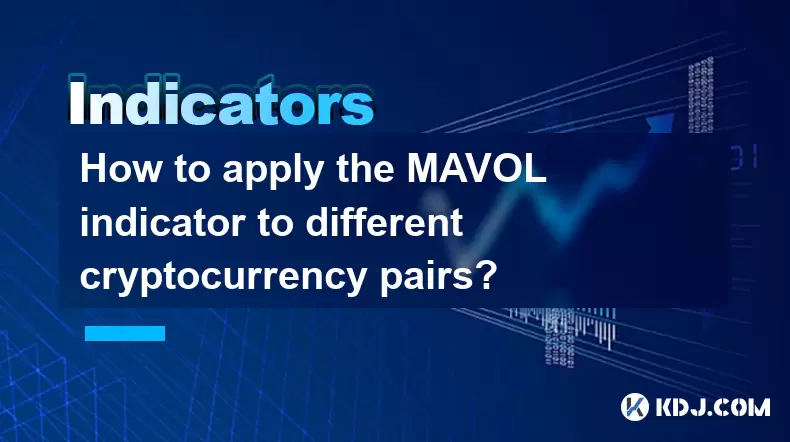-
 Bitcoin
Bitcoin $118400
0.47% -
 Ethereum
Ethereum $3836
2.20% -
 XRP
XRP $3.157
2.98% -
 Tether USDt
Tether USDt $0.9999
-0.03% -
 BNB
BNB $801.5
1.31% -
 Solana
Solana $180.9
2.07% -
 USDC
USDC $0.9999
-0.02% -
 Dogecoin
Dogecoin $0.2225
2.50% -
 TRON
TRON $0.3285
-1.02% -
 Cardano
Cardano $0.7789
2.60% -
 Hyperliquid
Hyperliquid $43.60
2.39% -
 Sui
Sui $3.892
4.41% -
 Stellar
Stellar $0.4229
3.34% -
 Chainlink
Chainlink $18.01
3.98% -
 Hedera
Hedera $0.2745
6.77% -
 Bitcoin Cash
Bitcoin Cash $582.3
3.38% -
 Avalanche
Avalanche $23.77
1.04% -
 Ethena USDe
Ethena USDe $1.001
0.01% -
 Toncoin
Toncoin $3.493
3.59% -
 Litecoin
Litecoin $110.0
2.48% -
 UNUS SED LEO
UNUS SED LEO $8.936
-0.37% -
 Shiba Inu
Shiba Inu $0.00001304
2.49% -
 Uniswap
Uniswap $9.999
1.09% -
 Polkadot
Polkadot $3.897
3.26% -
 Monero
Monero $308.6
-0.83% -
 Dai
Dai $0.9999
-0.01% -
 Bitget Token
Bitget Token $4.504
-0.04% -
 Pepe
Pepe $0.00001154
2.95% -
 Cronos
Cronos $0.1471
3.06% -
 Ethena
Ethena $0.6691
19.53%
Will Williams %R rebound when it touches -100?
When Williams %R hits -100 in crypto trading, it signals extreme oversold conditions, but a rebound isn't guaranteed—context and confirmation are key.
Jun 21, 2025 at 12:35 pm

Understanding Williams %R and Its Significance
Williams %R, also known as the Williams Percent Range, is a momentum oscillator used in technical analysis to identify overbought or oversold conditions. It was developed by Larry Williams and typically operates on a scale from 0 to -100. When Williams %R reaches -100, it indicates that the closing price of an asset is at its lowest point over the selected period, which is usually 14 periods. This extreme reading often raises questions among traders about whether a reversal or rebound is imminent.
In the context of cryptocurrency trading, where volatility is high and trends can reverse quickly, understanding how Williams %R behaves at extreme levels becomes crucial. Many traders wonder: Will Williams %R rebound when it touches -100? The answer isn't straightforward and depends on several market factors.
How Williams %R Works in Cryptocurrency Markets
To evaluate the behavior of Williams %R when it hits -100, it's important to understand how it's calculated:
- Williams %R = (Highest High – Close) / (Highest High – Lowest Low) * -100
In this formula:
- Highest High refers to the highest price over the lookback period (usually 14).
- Close is the most recent closing price.
- Lowest Low is the lowest price over the same period.
When the indicator hits -100, it means that the close equals the lowest low over the specified period. In crypto markets, this often occurs during sharp sell-offs or panic-driven price drops. However, a value of -100 doesn’t guarantee a reversal; it simply signals that the price is at its lowest relative level.
Historical Behavior of Williams %R at -100
Analyzing historical data of major cryptocurrencies like Bitcoin (BTC), Ethereum (ETH), and altcoins reveals interesting patterns. There are instances where Williams %R reached -100 and was followed by a strong bounce, suggesting exhaustion of selling pressure. Conversely, there are cases where the indicator remained near -100 for multiple periods due to continued downward momentum.
For example:
- During the March 2020 crash, BTC’s Williams %R hit -100 and then rebounded sharply within a few days.
- In contrast, during the May 2022 crypto collapse, ETH’s Williams %R touched -100 but continued to decline for several weeks.
These examples highlight that while reaching -100 may indicate oversold conditions, it should not be used in isolation to predict a rebound. Market sentiment, macroeconomic factors, and volume play critical roles in determining whether a reversal will occur.
Combining Williams %R with Other Indicators
Traders seeking more reliable signals often combine Williams %R with other technical tools. Here are some commonly used complementary indicators:
- Moving Averages: Using the 50-period and 200-period moving averages can help determine if the broader trend supports a reversal.
- Relative Strength Index (RSI): RSI can confirm if the market is truly oversold (typically below 30) and whether divergence is forming.
- Volume Analysis: A sudden spike in volume during a -100 reading may signal capitulation and potential reversal.
- Price Action Patterns: Bullish candlestick formations such as hammer or engulfing candles can increase confidence in a rebound.
Using these tools together with Williams %R helps filter false signals and increases the probability of accurate trade entries.
Practical Steps to Trade When Williams %R Hits -100
If you're considering taking a position when Williams %R reaches -100, follow these detailed steps:
- Confirm the Reading: Ensure that Williams %R has indeed reached -100 on your charting platform. Double-check the time frame (e.g., 1-hour, 4-hour, daily) since different settings yield different results.
- Analyze Price Structure: Look for signs of support nearby, such as previous swing lows, Fibonacci levels, or horizontal zones.
- Check Volume Profile: Use tools like On-Balance Volume (OBV) or Volume Weighted Average Price (VWAP) to assess whether accumulation is occurring.
- Look for Confluence: See if other indicators like MACD or Stochastic RSI are showing bullish divergence or crossing into positive territory.
- Set Entry Criteria: Consider entering a long position only after a bullish candlestick closes above the previous resistance or after a confirmed breakout.
- Use Risk Management: Always place a stop-loss below the recent swing low and set a realistic take-profit level based on risk-reward ratios (e.g., 1:2).
Following these steps ensures a structured approach to trading when Williams %R touches -100.
Frequently Asked Questions
Q: Can Williams %R stay at -100 for multiple periods?
Yes, especially during strong downtrends or panic selling. Extended periods at -100 suggest sustained bearish control and should not be assumed as automatic buy signals.
Q: What time frame is best for using Williams %R in crypto trading?
The 14-period setting on the 1-hour or 4-hour chart is common for intraday trading. Daily charts are preferred for longer-term investors.
Q: Does Williams %R work better in certain market conditions?
It performs best in ranging or sideways markets. In strongly trending environments, it may give misleading signals unless used with trend filters.
Q: Is Williams %R suitable for all cryptocurrencies?
While applicable to any crypto asset, highly volatile altcoins may generate more false signals. Blue-chip coins like BTC and ETH tend to provide more reliable readings due to higher liquidity and clearer trends.
Disclaimer:info@kdj.com
The information provided is not trading advice. kdj.com does not assume any responsibility for any investments made based on the information provided in this article. Cryptocurrencies are highly volatile and it is highly recommended that you invest with caution after thorough research!
If you believe that the content used on this website infringes your copyright, please contact us immediately (info@kdj.com) and we will delete it promptly.
- SEC, Crypto, and On-Chain: Navigating the Regulatory Maze
- 2025-08-01 02:31:40
- Bitcoin Bullish Market: How Long Positions are Boosting the Crypto King
- 2025-08-01 02:35:33
- Visa, Stellar, and Stablecoins: A New York Minute on the Future of Finance
- 2025-08-01 01:50:50
- BCH, FET, BlockDAG: Decoding the Crypto Buzz
- 2025-08-01 01:16:37
- Conflux Token, Crypto Simplicity, and WeWake Finance: A New Era?
- 2025-08-01 01:50:50
- Dogecoin, Remittix, and Analyst Targets: Navigating the Crypto Landscape
- 2025-08-01 01:55:40
Related knowledge

What does it signify when the MACD crosses below the zero line?
Aug 01,2025 at 01:43am
Understanding the MACD IndicatorThe Moving Average Convergence Divergence (MACD) is one of the most widely used technical analysis tools in the crypto...

How does the MACD histogram show momentum?
Aug 01,2025 at 01:16am
Understanding the MACD Histogram and Its Role in Cryptocurrency TradingThe MACD histogram is a visual representation of the difference between the MAC...

What is a MACD crossover?
Jul 31,2025 at 11:52pm
Understanding the Role of Private Keys in Cryptocurrency SecurityIn the world of cryptocurrency, private keys are the cornerstone of ownership and con...

How can you use the MACD histogram to determine trend strength?
Jul 31,2025 at 11:10pm
Understanding the MACD Histogram and Its ComponentsThe MACD (Moving Average Convergence Divergence) histogram is a visual representation of the differ...

What is the impact of different moving average types (SMA vs. EMA) on the MAVOL indicator?
Aug 01,2025 at 02:31am
Understanding the MAVOL Indicator in Cryptocurrency AnalysisThe MAVOL (Moving Average Volume) indicator is a technical analysis tool used in the crypt...

How to apply the MAVOL indicator to different cryptocurrency pairs?
Aug 01,2025 at 12:43am
Understanding the MAVOL Indicator in Cryptocurrency TradingThe MAVOL indicator, short for Moving Average Volume, is a technical analysis tool that app...

What does it signify when the MACD crosses below the zero line?
Aug 01,2025 at 01:43am
Understanding the MACD IndicatorThe Moving Average Convergence Divergence (MACD) is one of the most widely used technical analysis tools in the crypto...

How does the MACD histogram show momentum?
Aug 01,2025 at 01:16am
Understanding the MACD Histogram and Its Role in Cryptocurrency TradingThe MACD histogram is a visual representation of the difference between the MAC...

What is a MACD crossover?
Jul 31,2025 at 11:52pm
Understanding the Role of Private Keys in Cryptocurrency SecurityIn the world of cryptocurrency, private keys are the cornerstone of ownership and con...

How can you use the MACD histogram to determine trend strength?
Jul 31,2025 at 11:10pm
Understanding the MACD Histogram and Its ComponentsThe MACD (Moving Average Convergence Divergence) histogram is a visual representation of the differ...

What is the impact of different moving average types (SMA vs. EMA) on the MAVOL indicator?
Aug 01,2025 at 02:31am
Understanding the MAVOL Indicator in Cryptocurrency AnalysisThe MAVOL (Moving Average Volume) indicator is a technical analysis tool used in the crypt...

How to apply the MAVOL indicator to different cryptocurrency pairs?
Aug 01,2025 at 12:43am
Understanding the MAVOL Indicator in Cryptocurrency TradingThe MAVOL indicator, short for Moving Average Volume, is a technical analysis tool that app...
See all articles

























































































